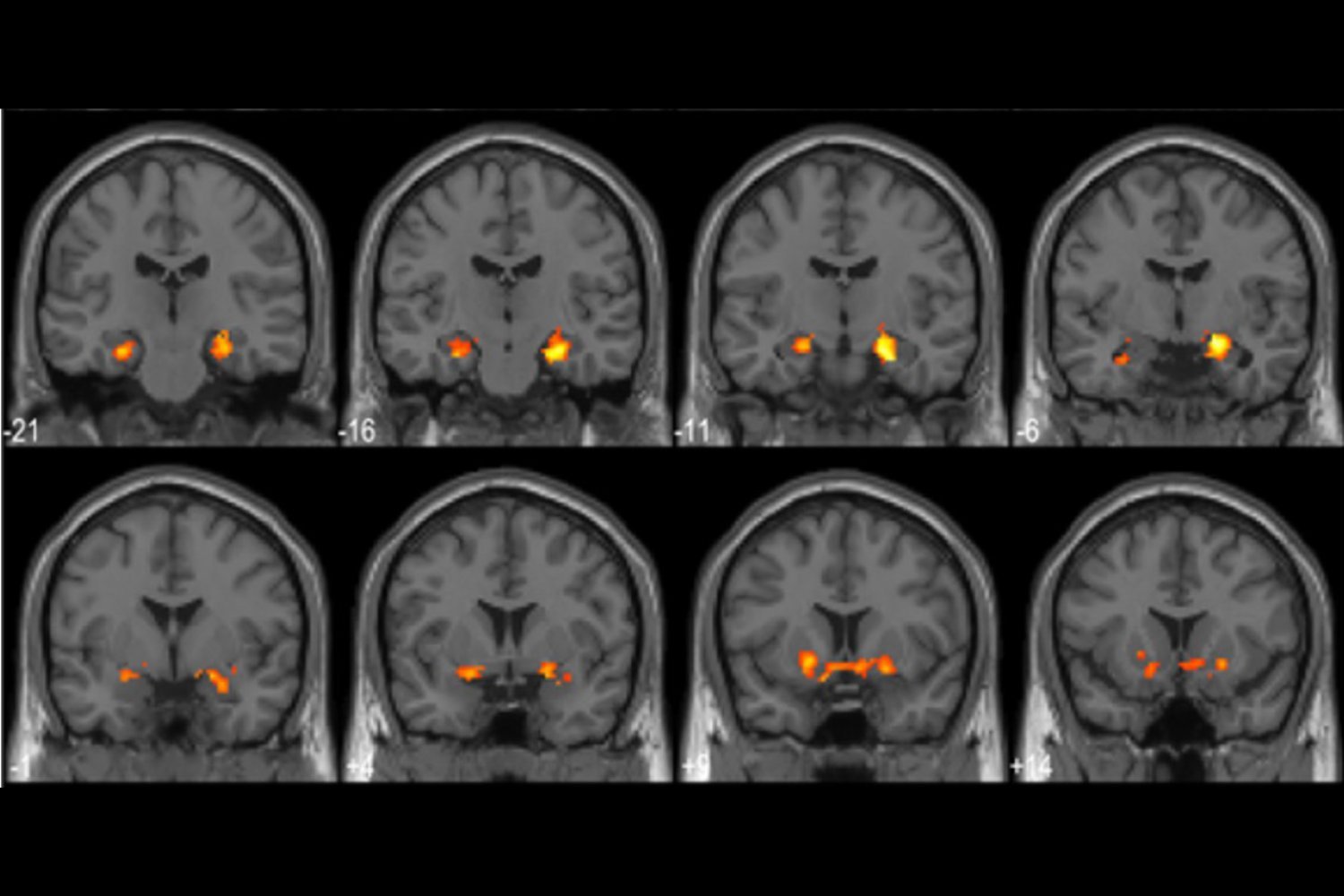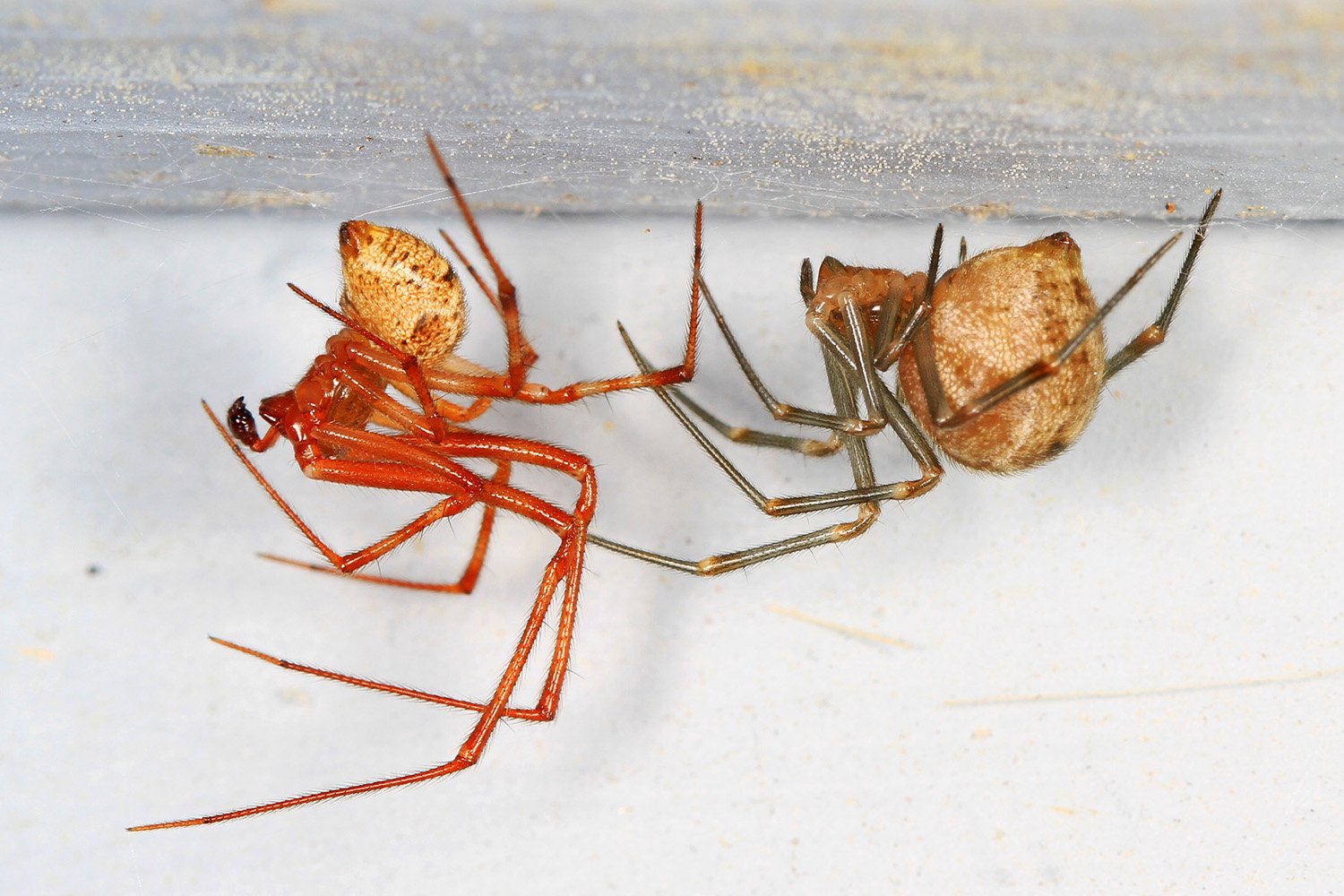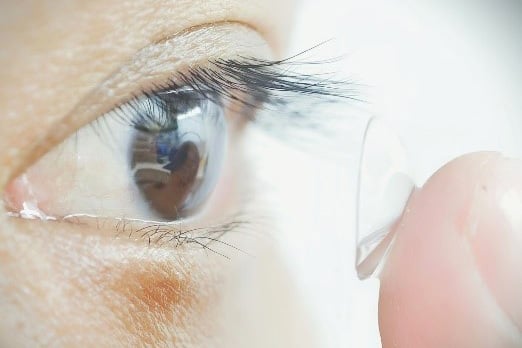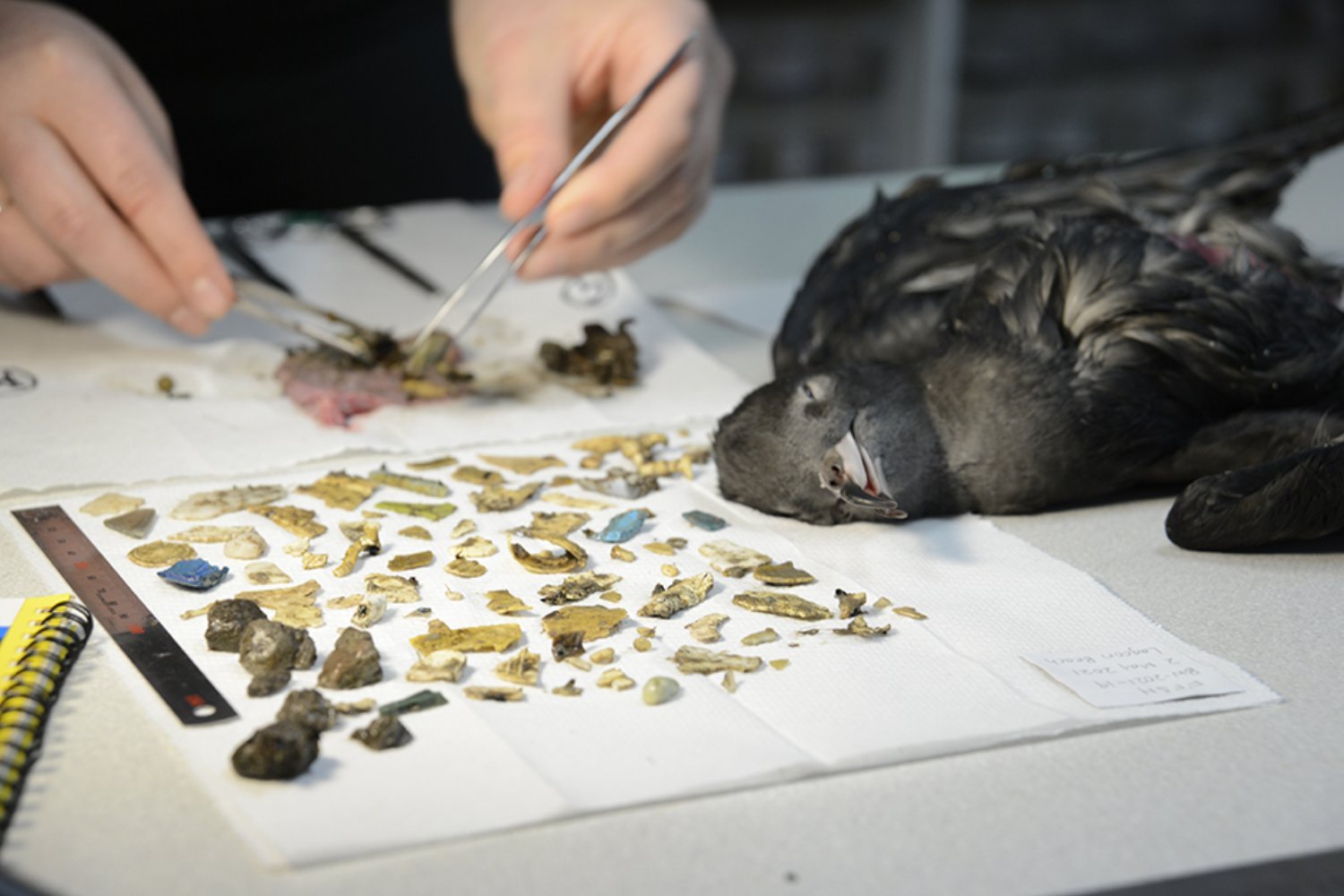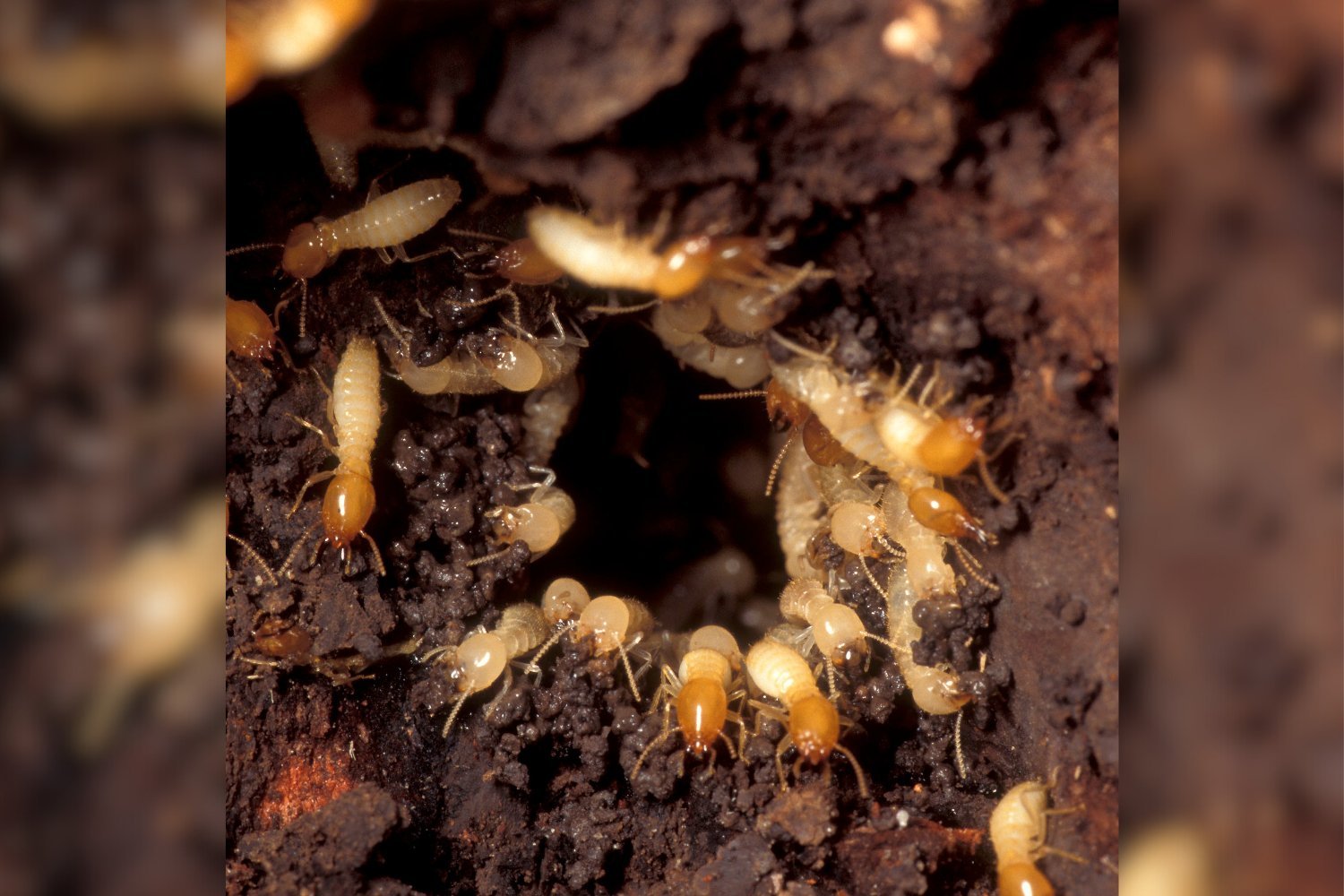The familiar “aha!” moment, often depicted as a lightbulb illuminating a cartoon character’s head, isn’t far from reality. Recent research reveals that these epiphanies physically reshape brain activity and significantly enhance memory retention. This discovery has profound implications for learning and teaching strategies.
According to Duke University psychology and neuroscience professor Roberto Cabeza, experiencing an “aha!” moment while learning can almost double memory retention. “There are few memory effects as powerful as this,” he noted in a university statement. This finding underscores the potential of insight-driven learning for improved knowledge acquisition.
Cabeza led a study published in Nature Communications, where researchers used functional magnetic resonance imaging (fMRI) to monitor participants’ brain activity while solving visual puzzles. These puzzles involved completing an image to reveal a hidden picture.
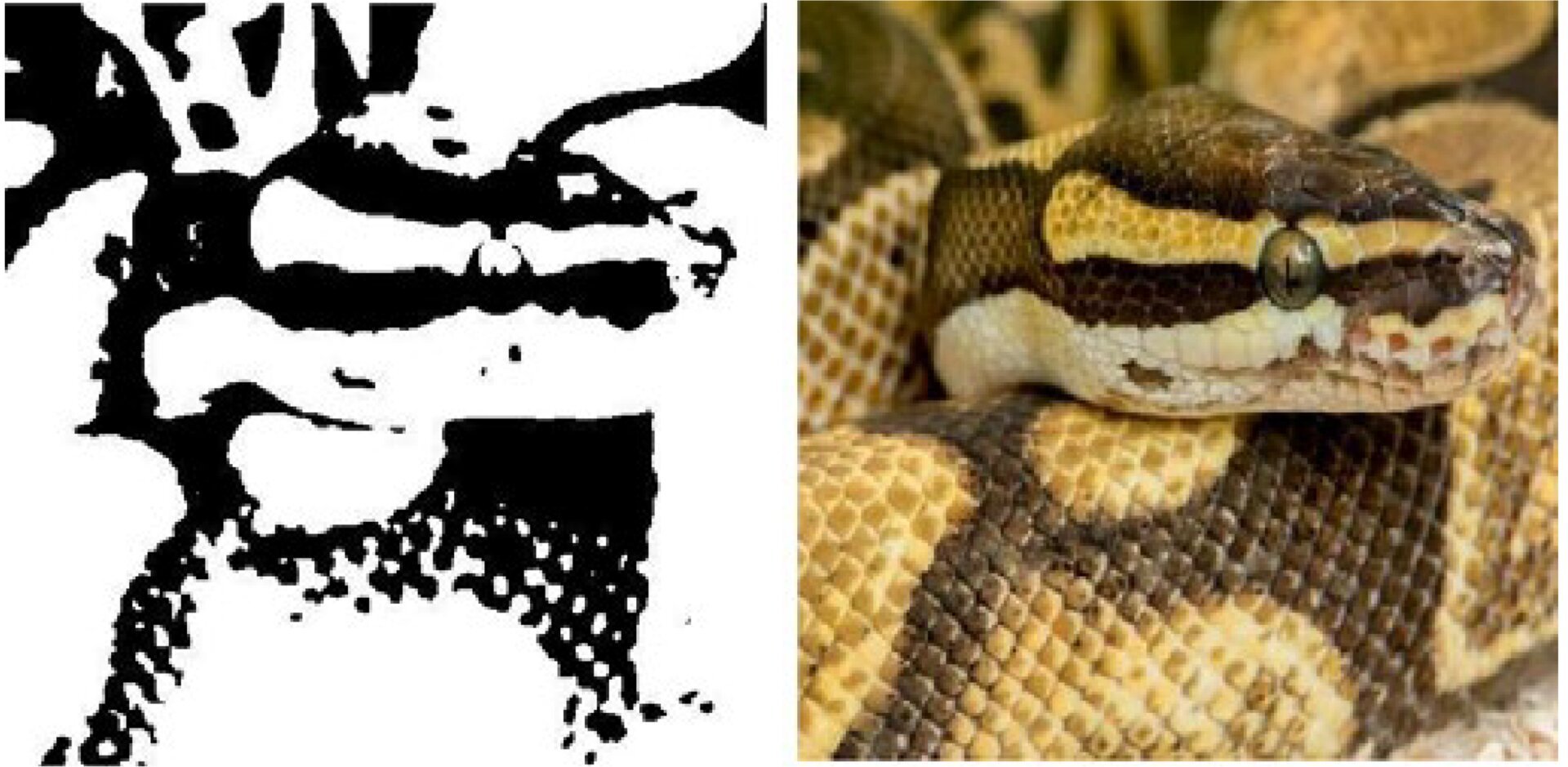 Hidden Puzzles
Hidden Puzzles
While seemingly simple, these puzzles effectively simulate the cognitive processes involved in more complex insightful moments. Participants were asked about their certainty of the solution and whether they arrived at it suddenly (an “aha!” moment) or through a more deliberate process.
The study found a strong correlation between reported epiphanies and improved memory recall. Participants who experienced “aha!” moments remembered solutions significantly better, with higher certainty correlating with better recall even five days later.
 fMRI Results
fMRI Results
The fMRI scans revealed a surge of activity in the hippocampus, a brain region crucial for learning and memory, during these epiphanies. The intensity of the “aha!” moment directly correlated with the strength of hippocampal activity. Furthermore, changes in neuron firing dynamics were observed in the ventral occipito-temporal cortex, responsible for visual pattern recognition. Again, stronger insights corresponded to more significant changes.
“During these moments of insight, the brain reorganizes how it sees the image,” explained Maxi Becker, the study’s first author and a cognitive neuroscientist at Humboldt University. The research also indicated increased connectivity between these brain regions during epiphanies, facilitating more efficient communication.
The study’s findings suggest that learning environments designed to foster insightful thinking can significantly enhance long-term memory and understanding. While this research focused on brain activity before and after the “aha!” moment, future studies aim to explore the crucial intermediate stage where the insight occurs. This could unlock further secrets of how the brain processes information and generates those illuminating flashes of understanding.



